Ford is the first automaker to develop foams and plastics using captured CO2 for its vehicle lineup
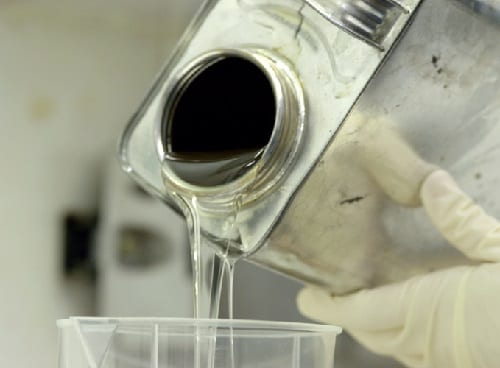

Ford is the first automaker to develop foams and plastics using captured CO2 for its vehicle lineup
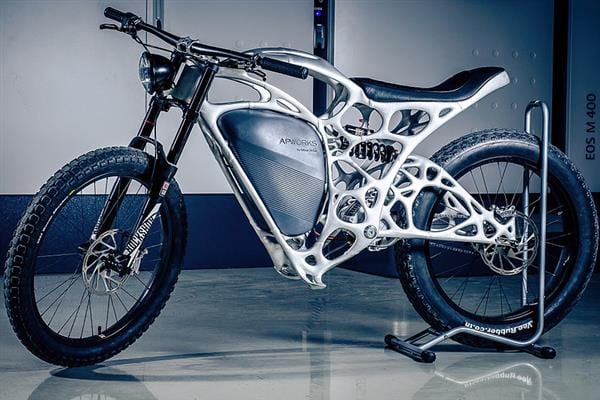
APWorks developed a lightweight motorcycle using bionic design and a selective 3D laser printing system
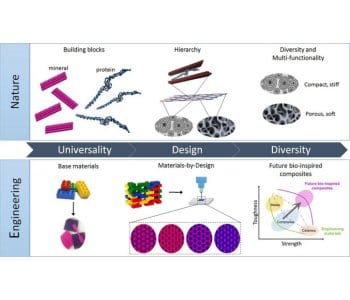
Design principles, and ways to manufacture them via additive manufacturing are studied, to achieve an amplification in mechanical properties of materials.
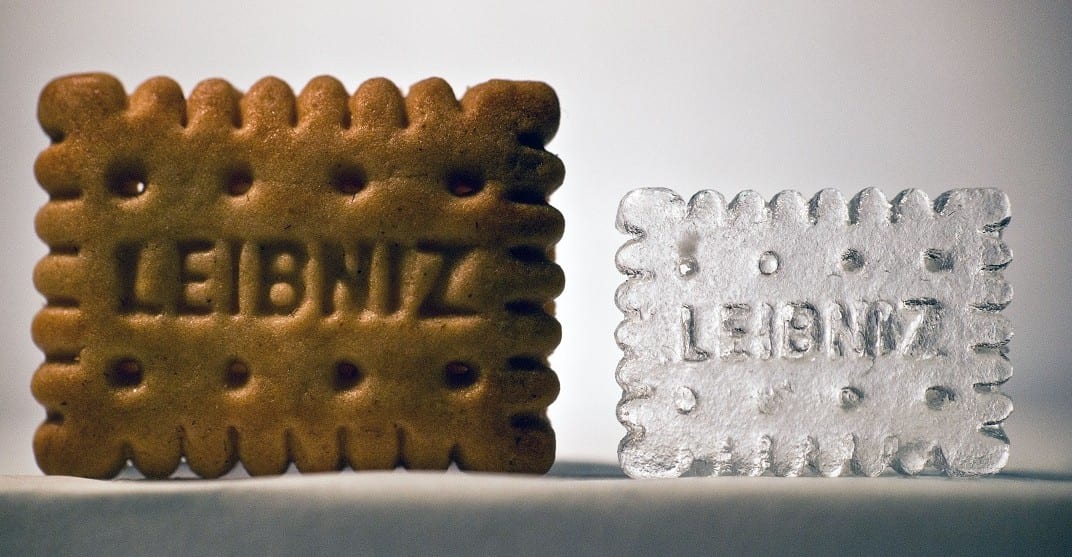
Workers at Karlsruhe Institute of Technology introduce “Liquid Glass”,
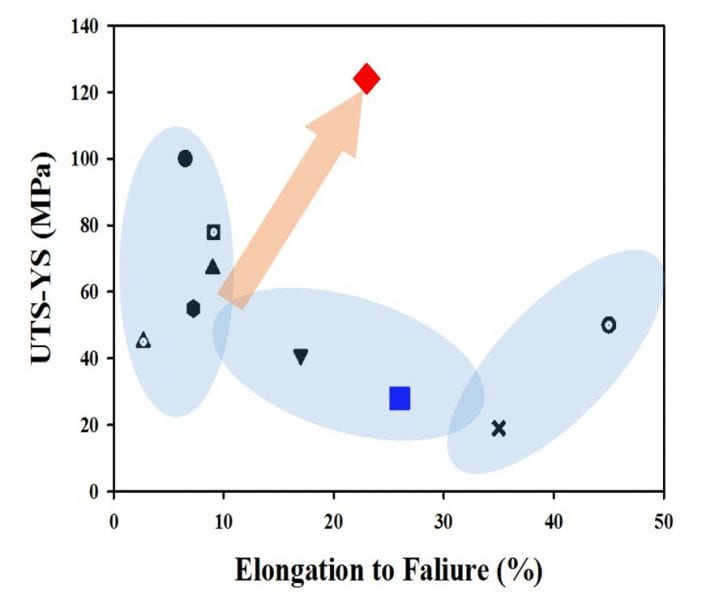
Developing increasingly lighter and stronger alloys for engineering applications is an ongoing – and never ending – endeavour of materials scientists.
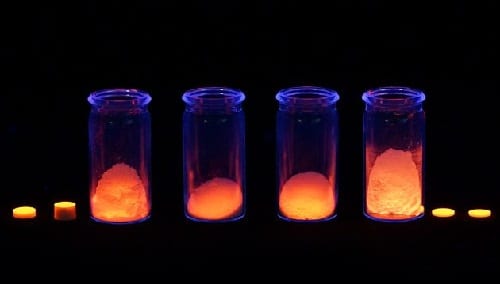
Research scientists at the Leibniz-Institute for New Materials have developed luminous particles that can also withstand high temperatures. When activated by UV light or x-rays, they glow orange red.
A team from ICMMO (Institut de Chimie Moléculaire d’Orsay) of Université Paris-Saclay recently showed that entropy-stabilized oxides can be substituted by aliovalent elements with charge compensation mechanisms.
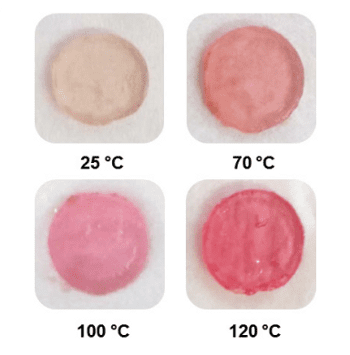
Adhesives and glues are essential in a wide range of applications in modern life, from buildings to vehicles, and mobile devices to biomedical applications.

This special issue of Advanced Engineering Materials presents research from the Collaborative Research Centre SFB 639.
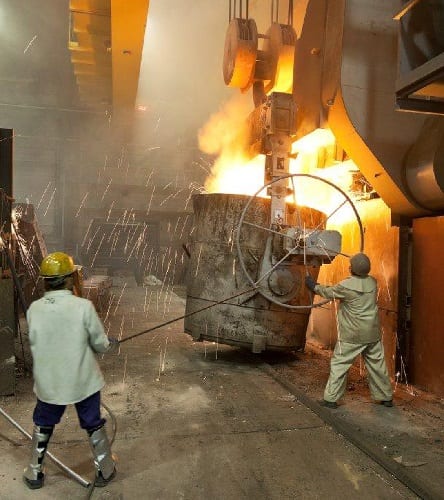
DIHAG Holding and Royal IHC form joint venture for foundry takeover